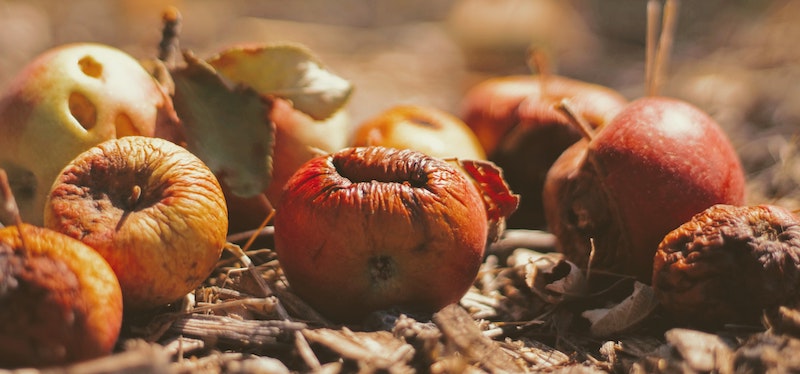By Greg Goodsell
It’s an ironic situation. While American society continues to reel from restrictions from the Coronavirus crisis, there are fears that the food supply chain could break – while harvested crops at independent and family-owned farms continue to rot and spoil underneath the late springtime sun.
Growers’ dependent on the restaurant trade have seen the market for their produce reduced by as much as 95 percent overnight.
Some are able to see the bright side. The pandemic has raised awareness among the public in regards to where their food comes from. Many shoppers are making more educated choices towards their purchases, striving to support local farmers. While one-off deliveries have helped regional farms, it has failed to undercut the sudden drop in demand and revenue.
This new appreciation, however, has not translated to economic recovery for smaller growers, where their food comes from, and how many steps in the supply chain it takes for groceries to reach them. Demand for community-supported agriculture shares and one-off deliveries from local farms has increased rapidly since quarantines started. But farms are struggling to meet this demand. Most don’t have the infrastructure, even as they desperately need the new source of revenue.
Local and regional farms could see a decline in sales from March to May of nearly $689 million, according to a report by the National Sustainable Agriculture Coalition. The vast majority of agricultural sales in the United States come from larger purchasers, such as the restaurant industry. With the shuttering of restaurants due to stay-at-home measures, the demand for agricultural goods has shifted from eateries to grocery stores virtually overnight.
Food has a notoriously short shelf life. Dairy farms, with milk so vulnerable to spoilage, have been forced to dump milk over the past two months.

One solution suggested by the farm advocacy group, Future Harvest, is to curry interest with more mainstream consumers to smaller farms for direct purchases. While many smaller or “artisanal” growers attract a well-heeled crowd interested in connoisseur food items, a key to survival would be in attracting families to buy food at farmer’s markets. While isolation and distancing is seen as key to controlling the coronavirus, officials say that smaller farms must now become more welcoming and accessible to shoppers.
Rising to the challenge, Nichols Farm in Marengo, Illinois, has opened a “virtual farmers market,” with home deliveries three days of the week for a flat fee. The farm has since channeled the majority of the labor to home deliveries to meet the growing need, in addition to improvements made to the farm’s website.
While this strategy has proved successful, smaller farms are rushing to meet this newfound need. On the upside, farms have had to hire additional workers – assisting economies now facing a high jobless rate.
Another helpful measure is the relaxation of certain regulations to get local products to grocery stores. While grocery stores remain scant of bathroom tissue and paper towels, food has remained largely on the nation’s shelves, with a decrease in panic buying over the past several weeks.
An uptick in the current crisis is the hope that people will learn more how they source their food and if their local communities can provide stability in times of crisis. Strengthened connections to local food sources, some feel, will lead the U.S. populace to find security in uncertain times, as well as creating a greater community spirit.







